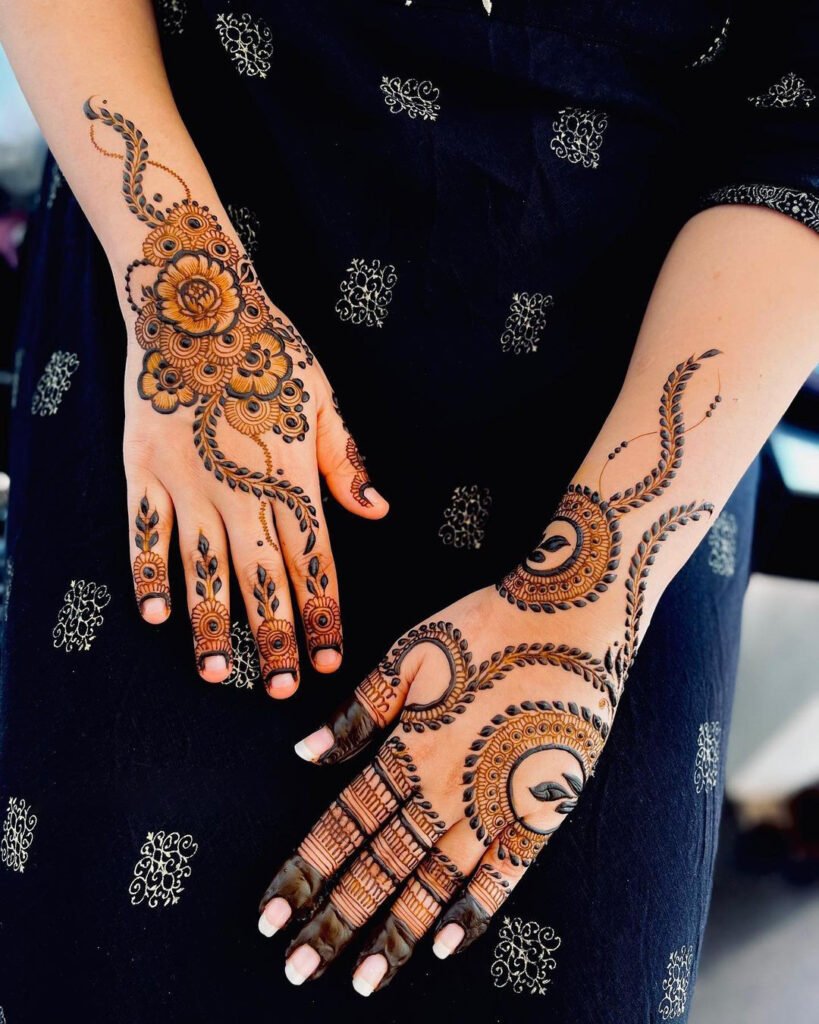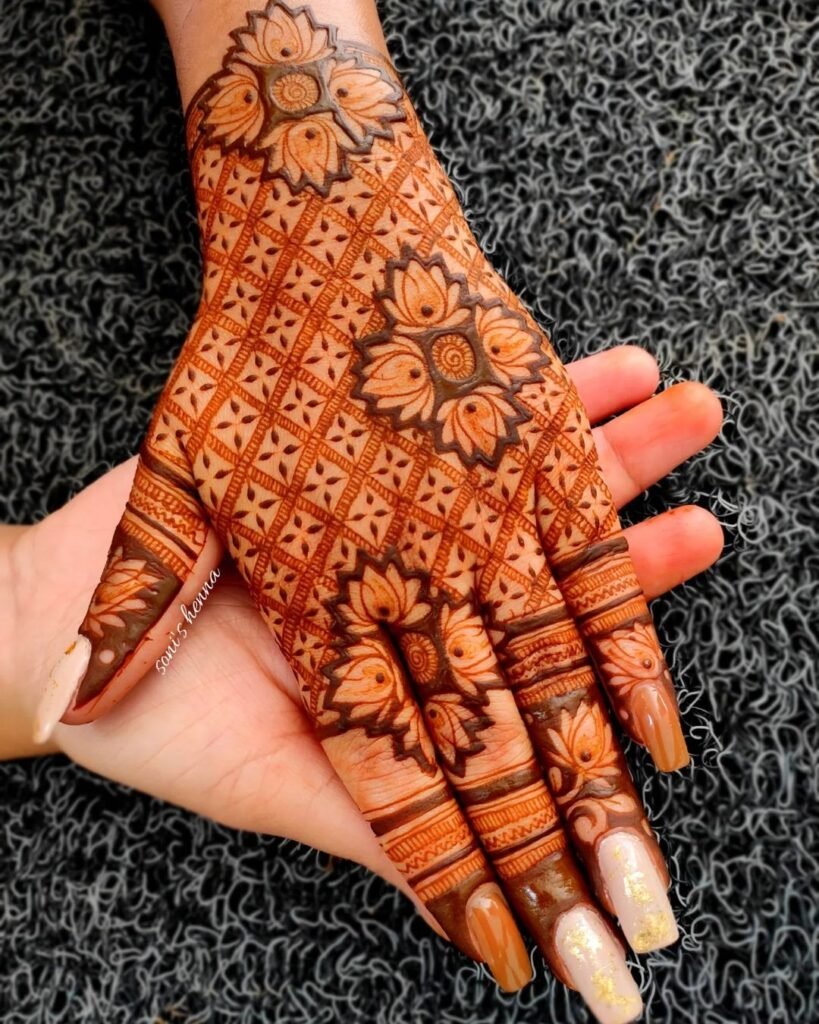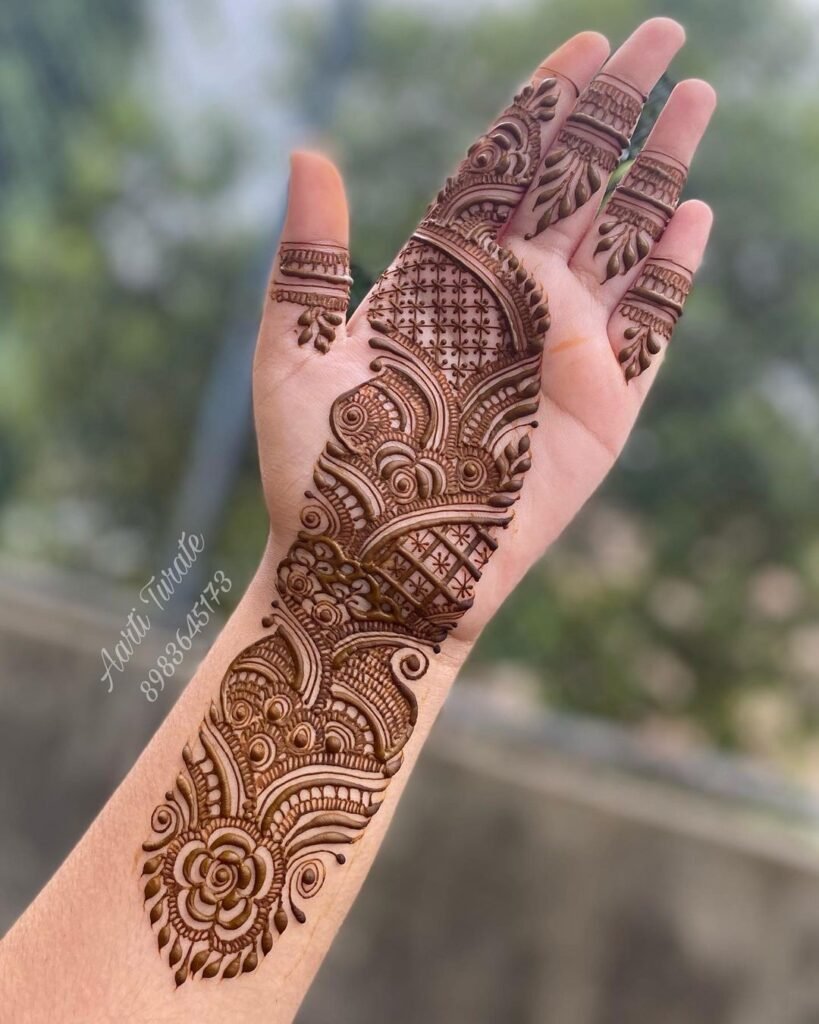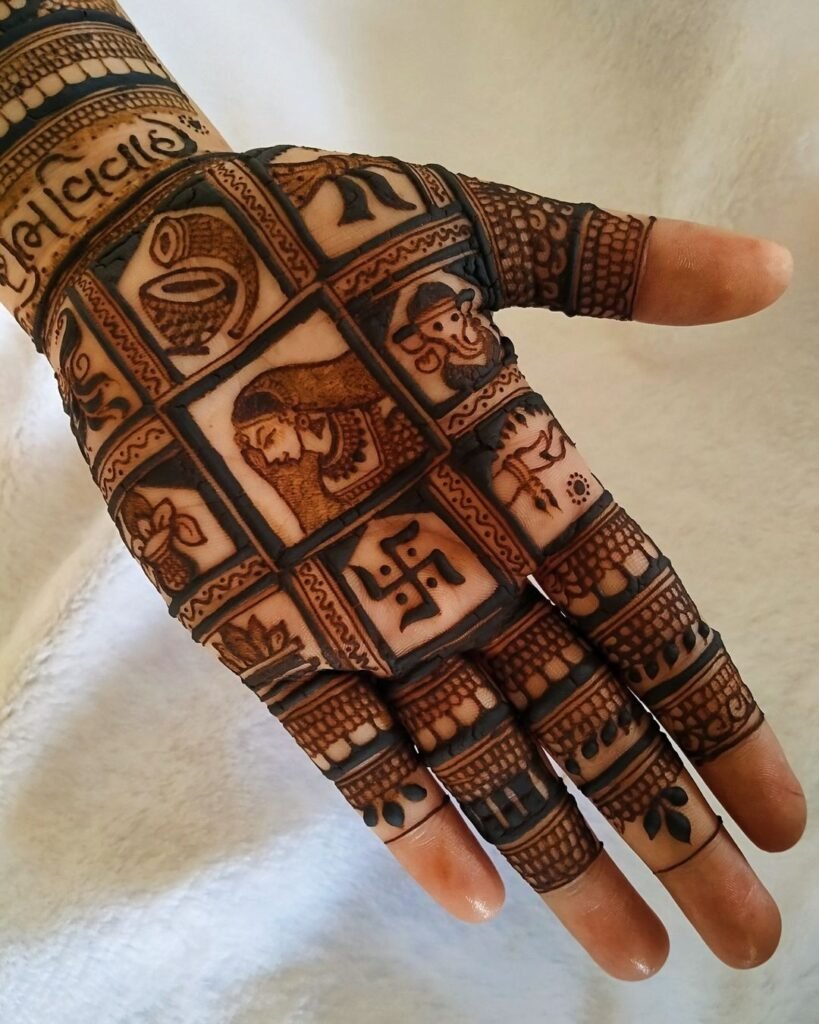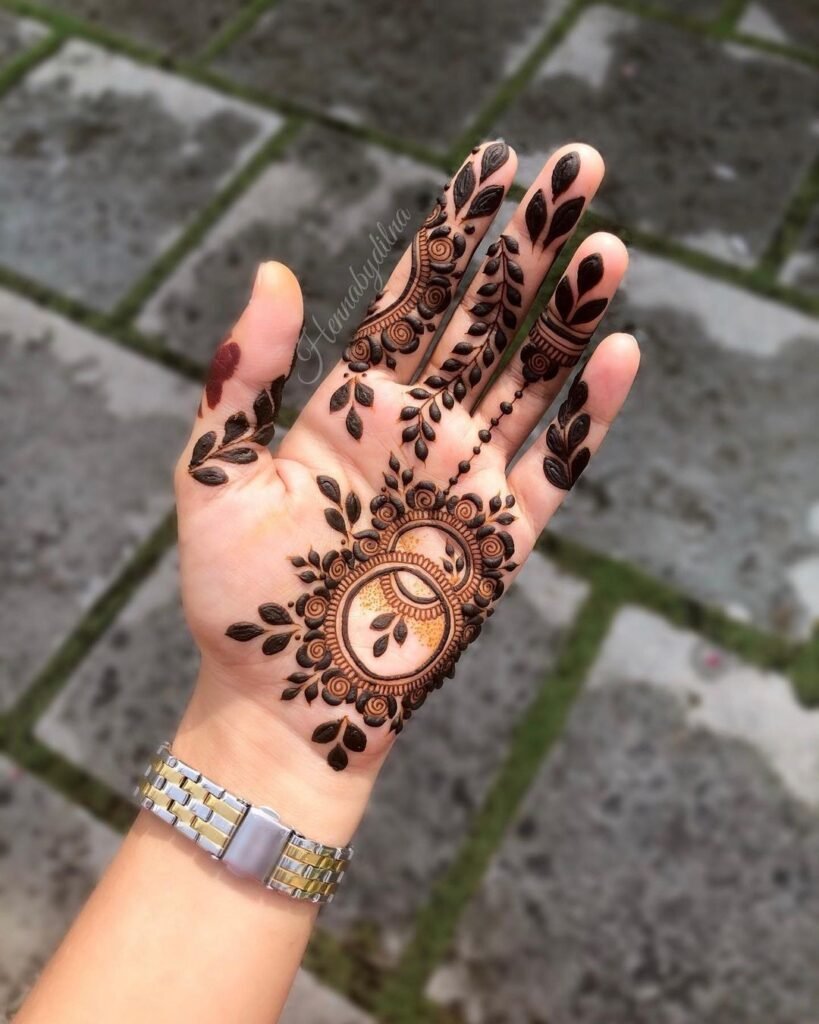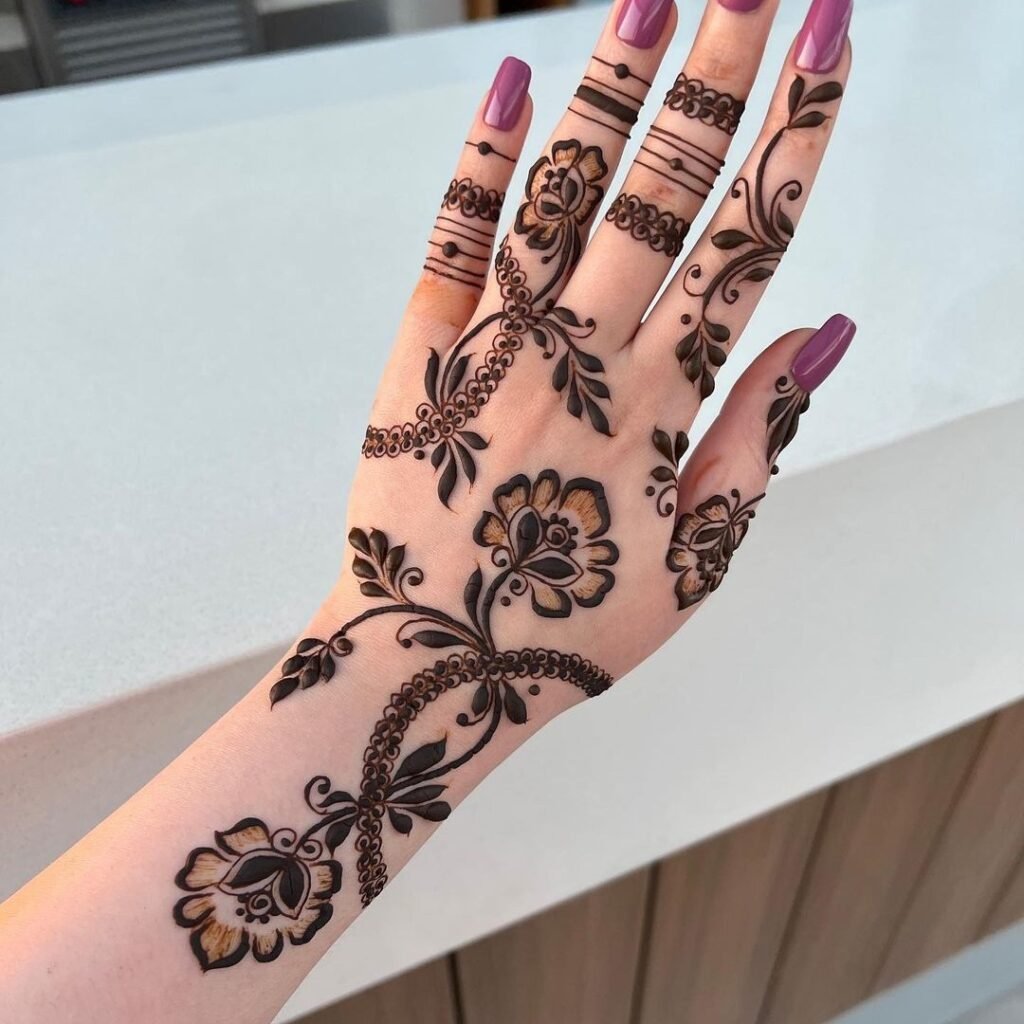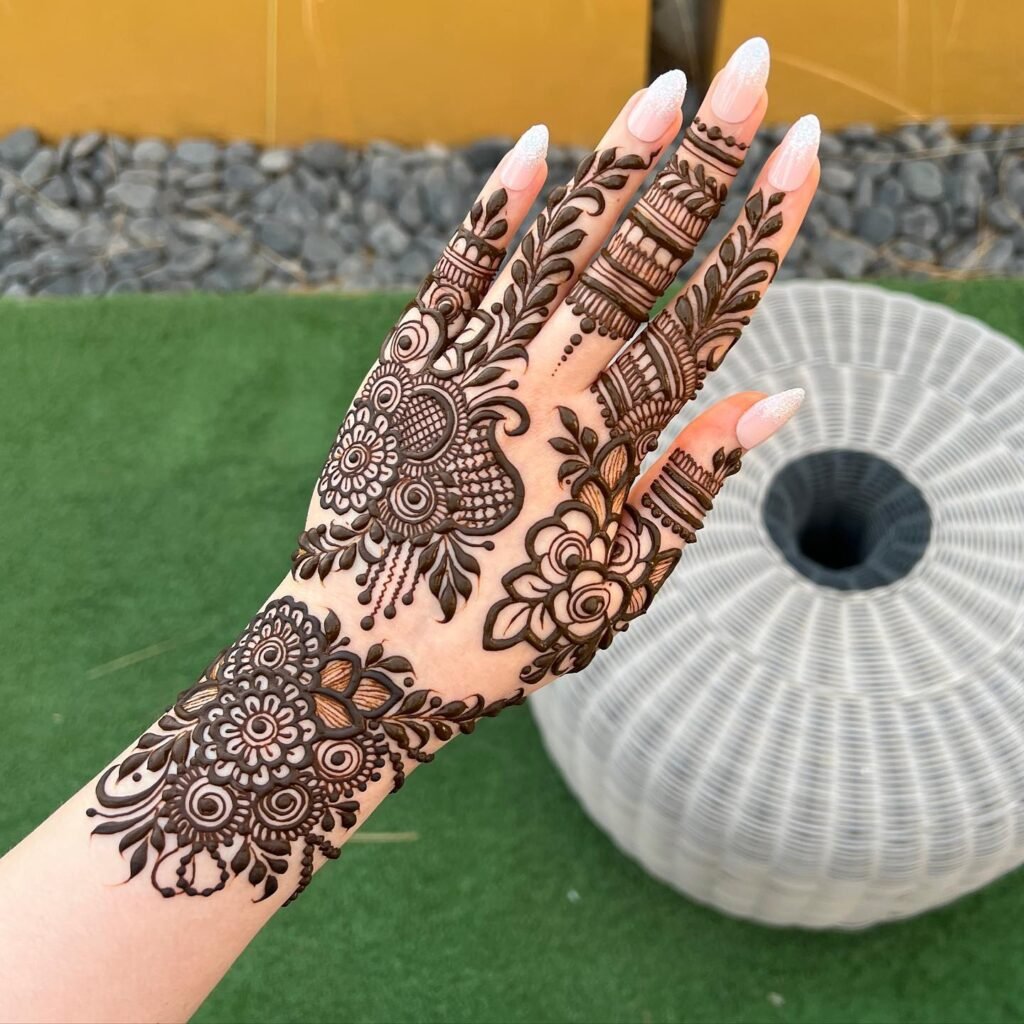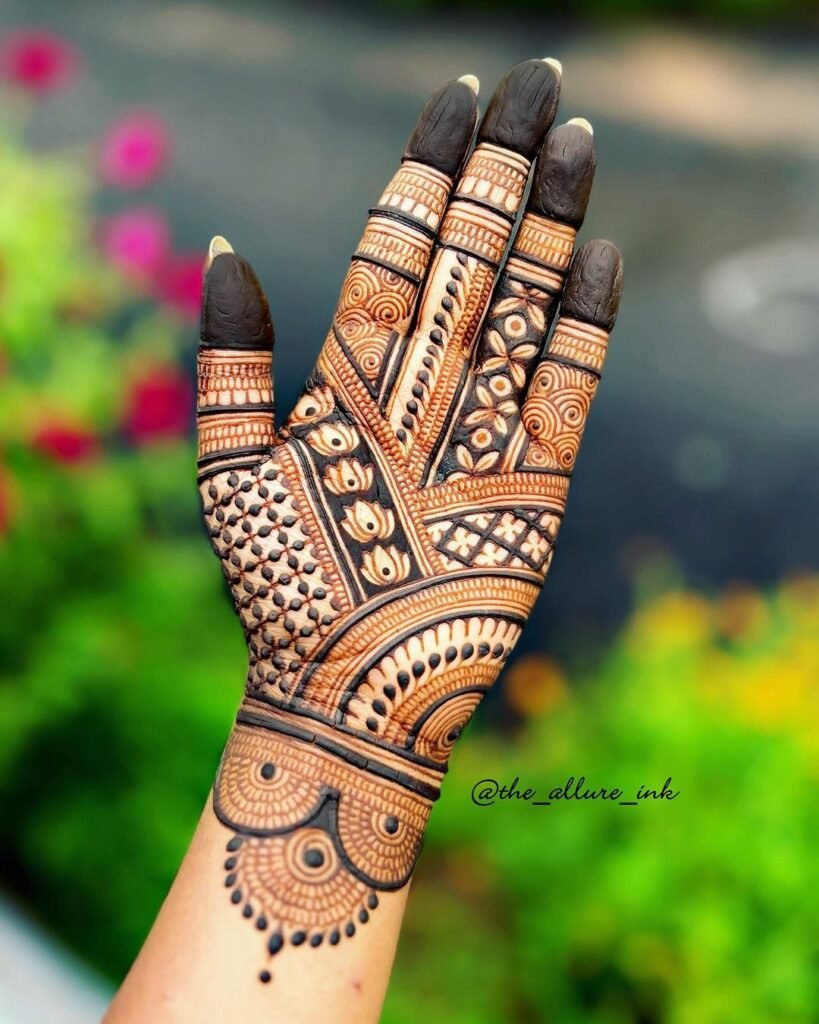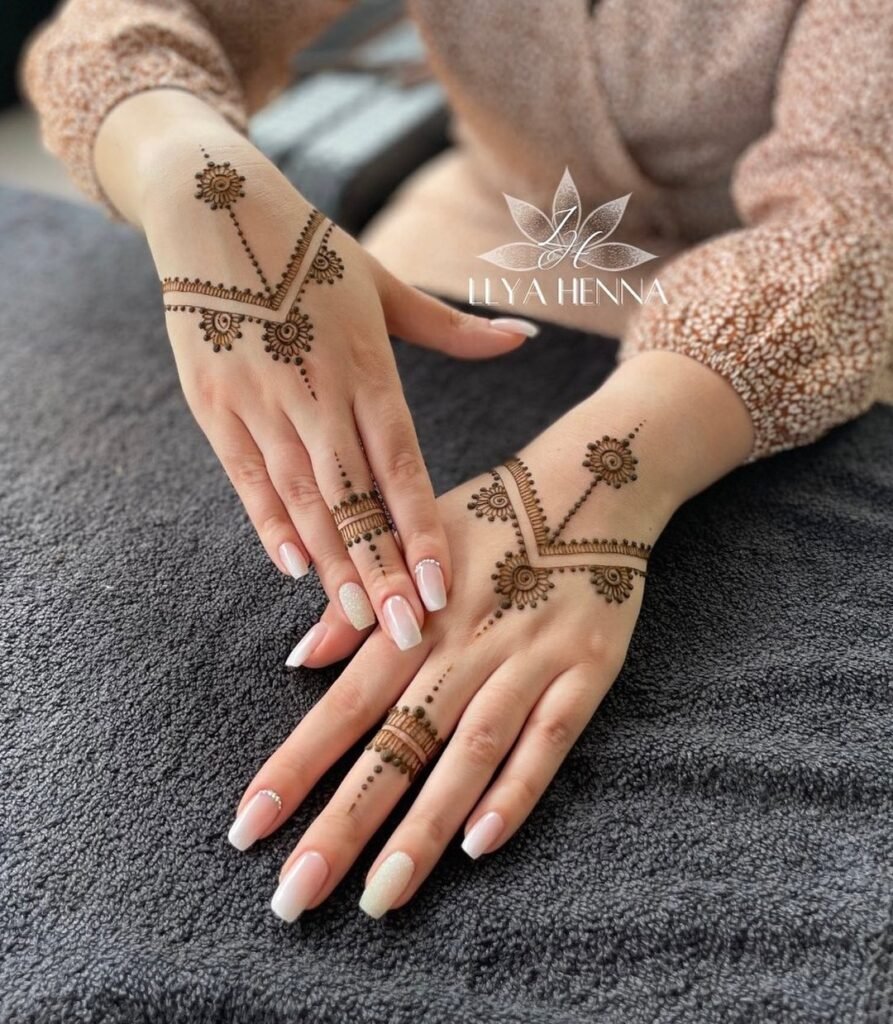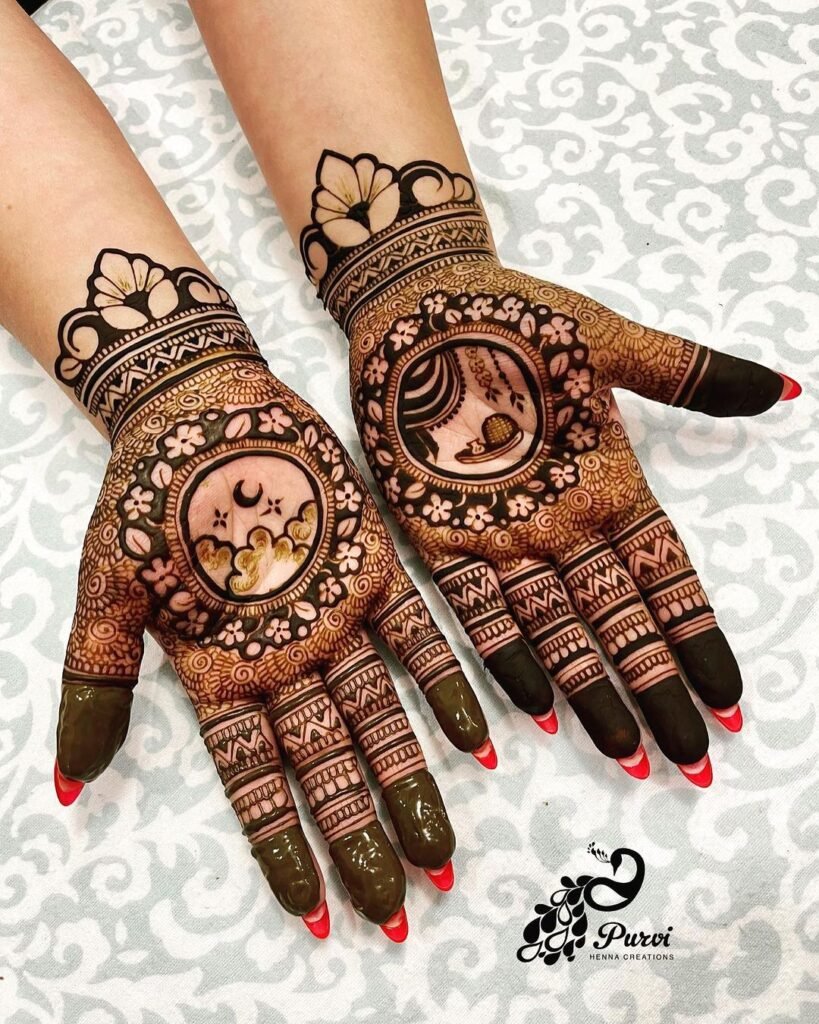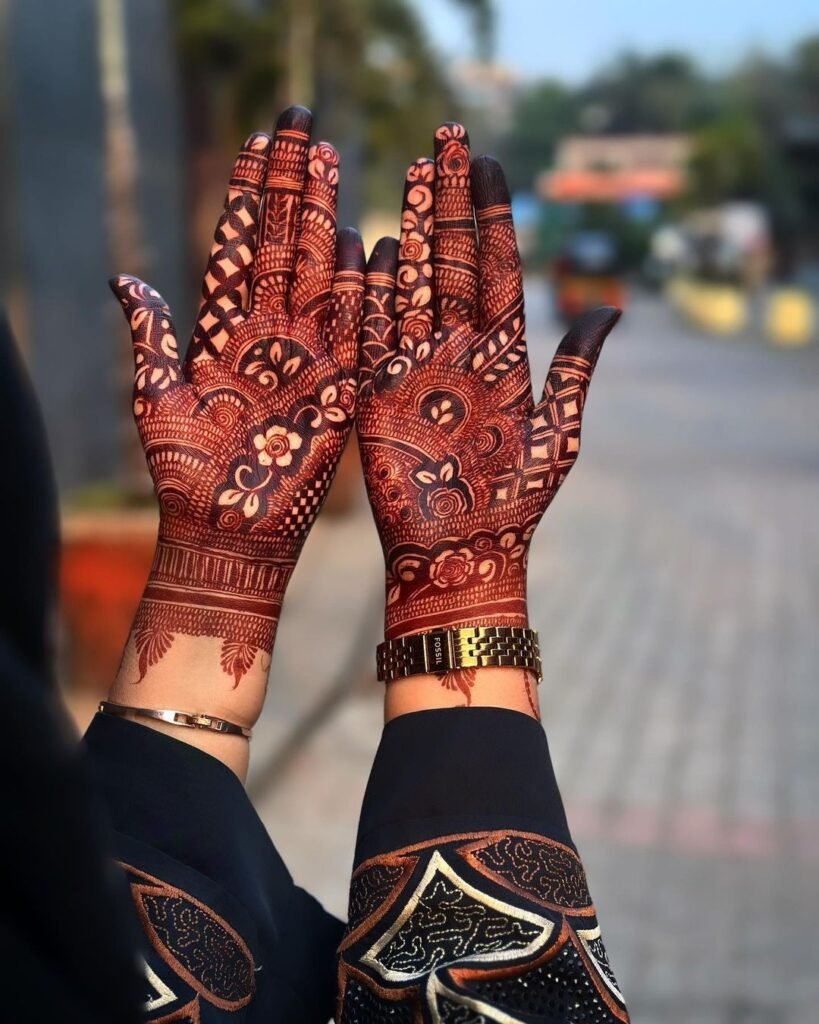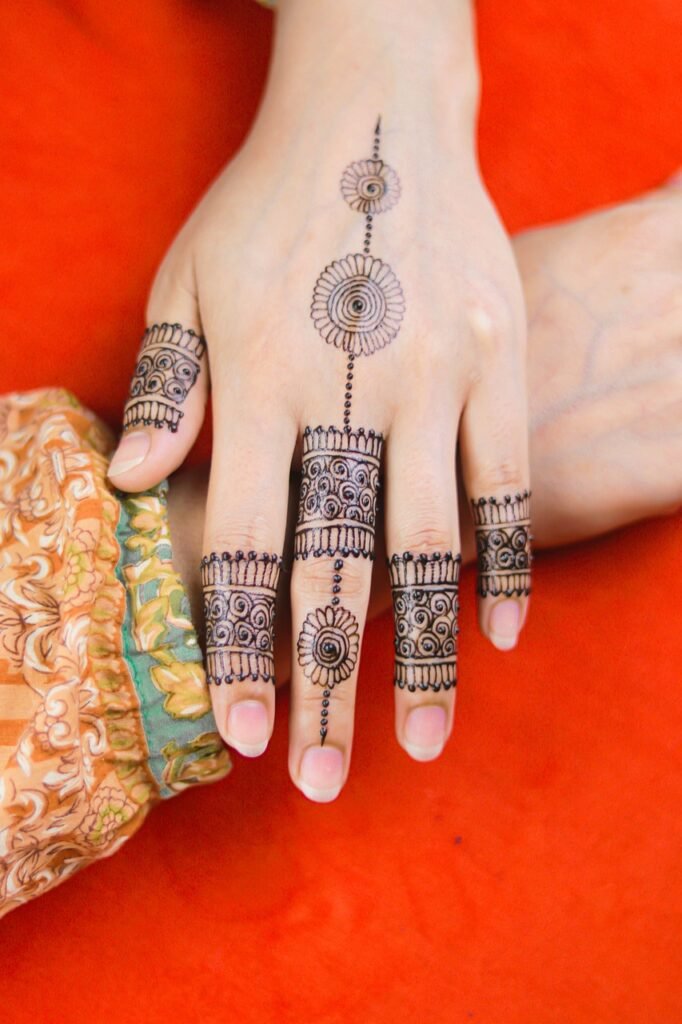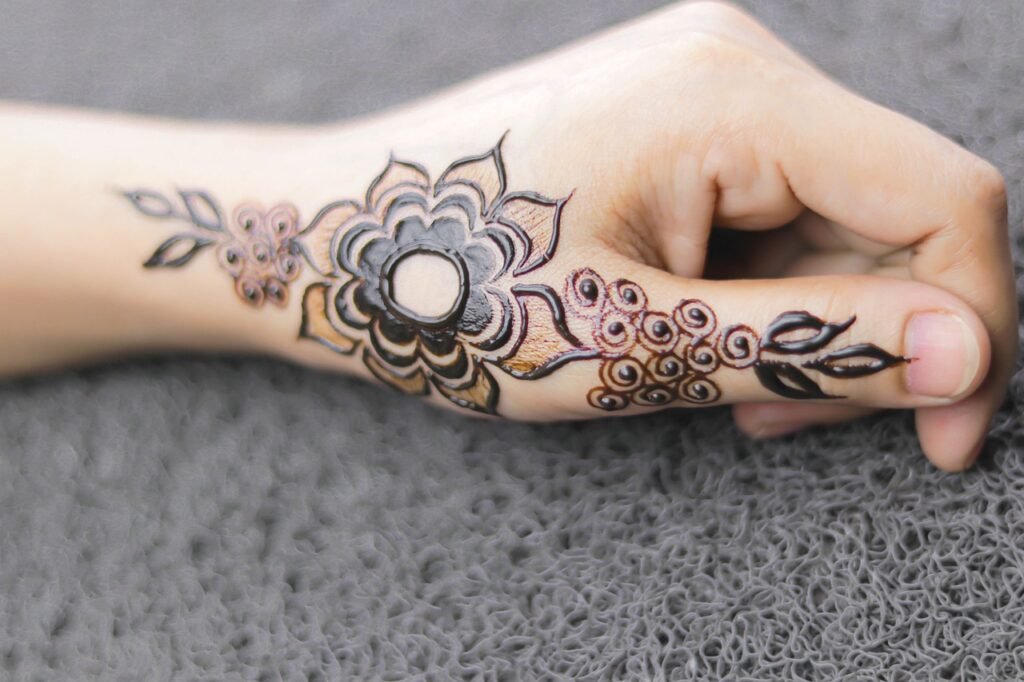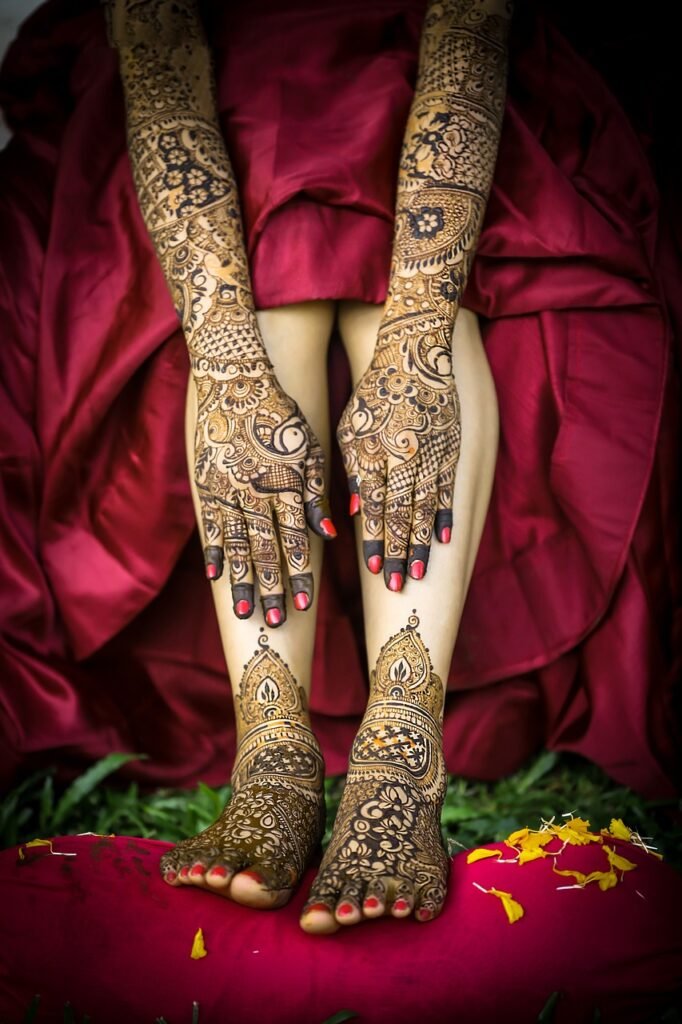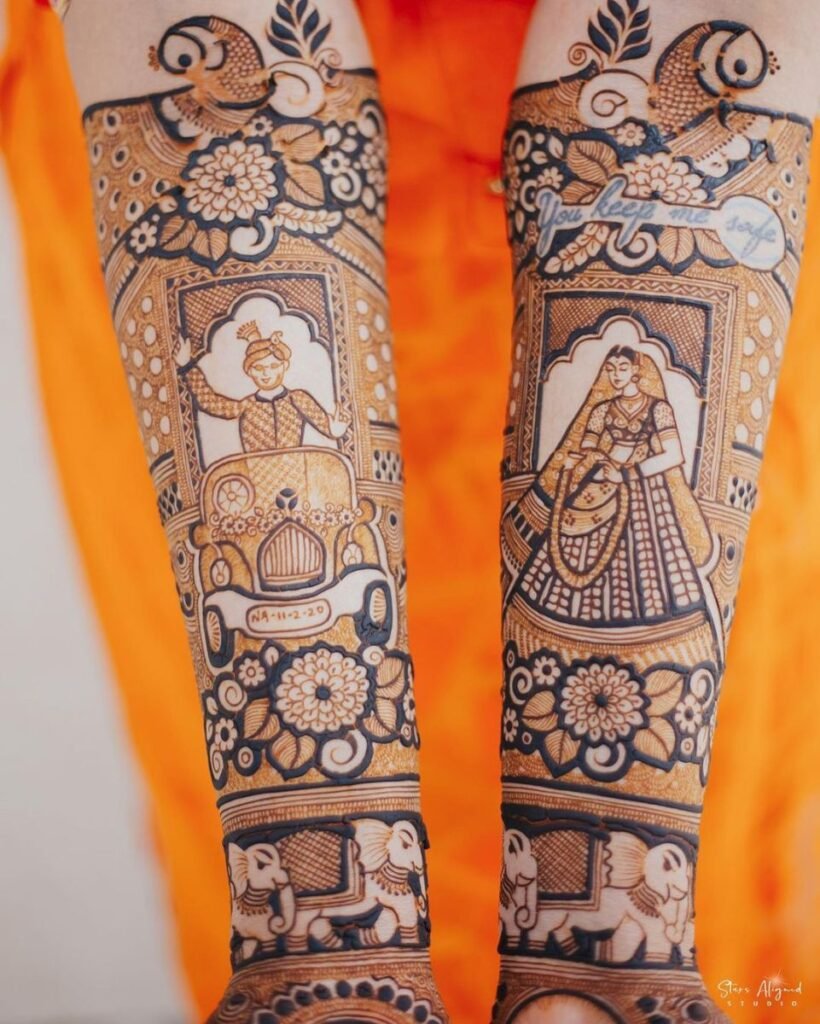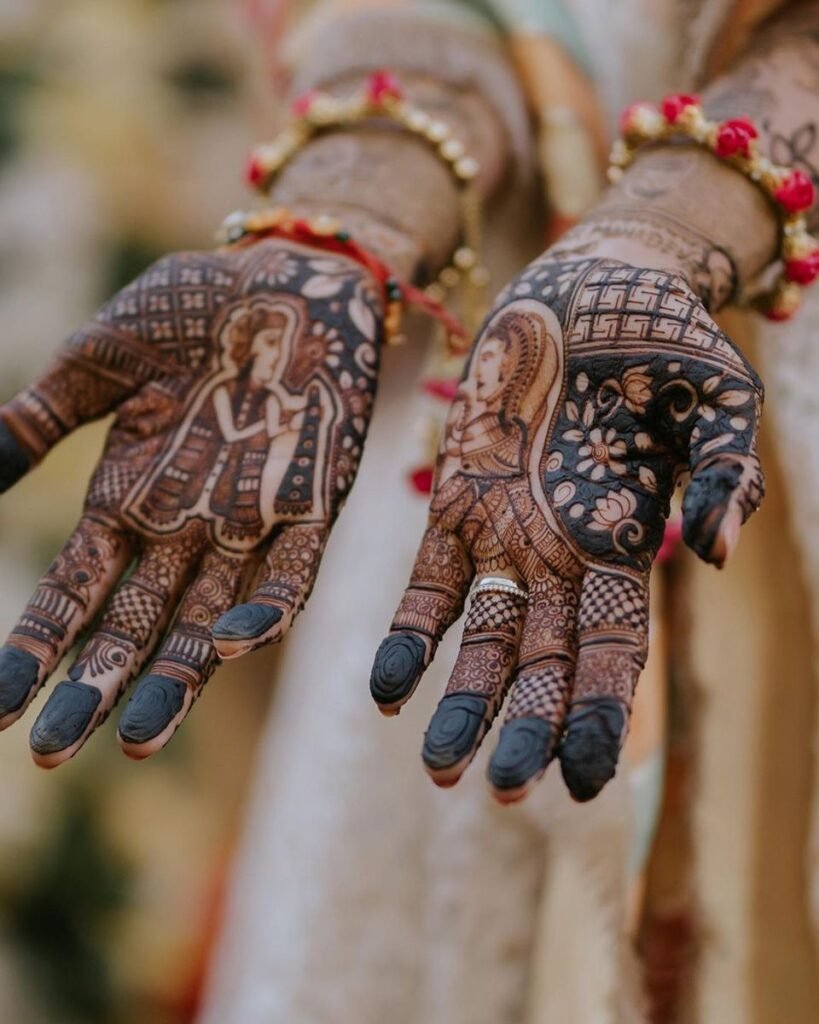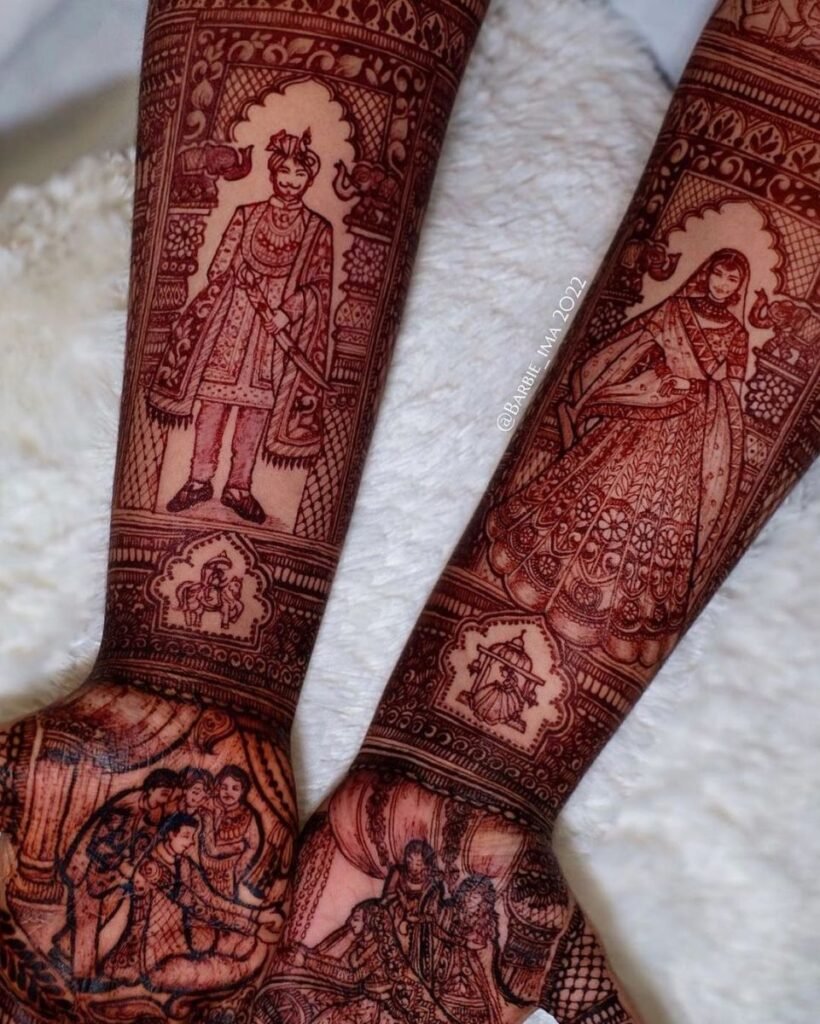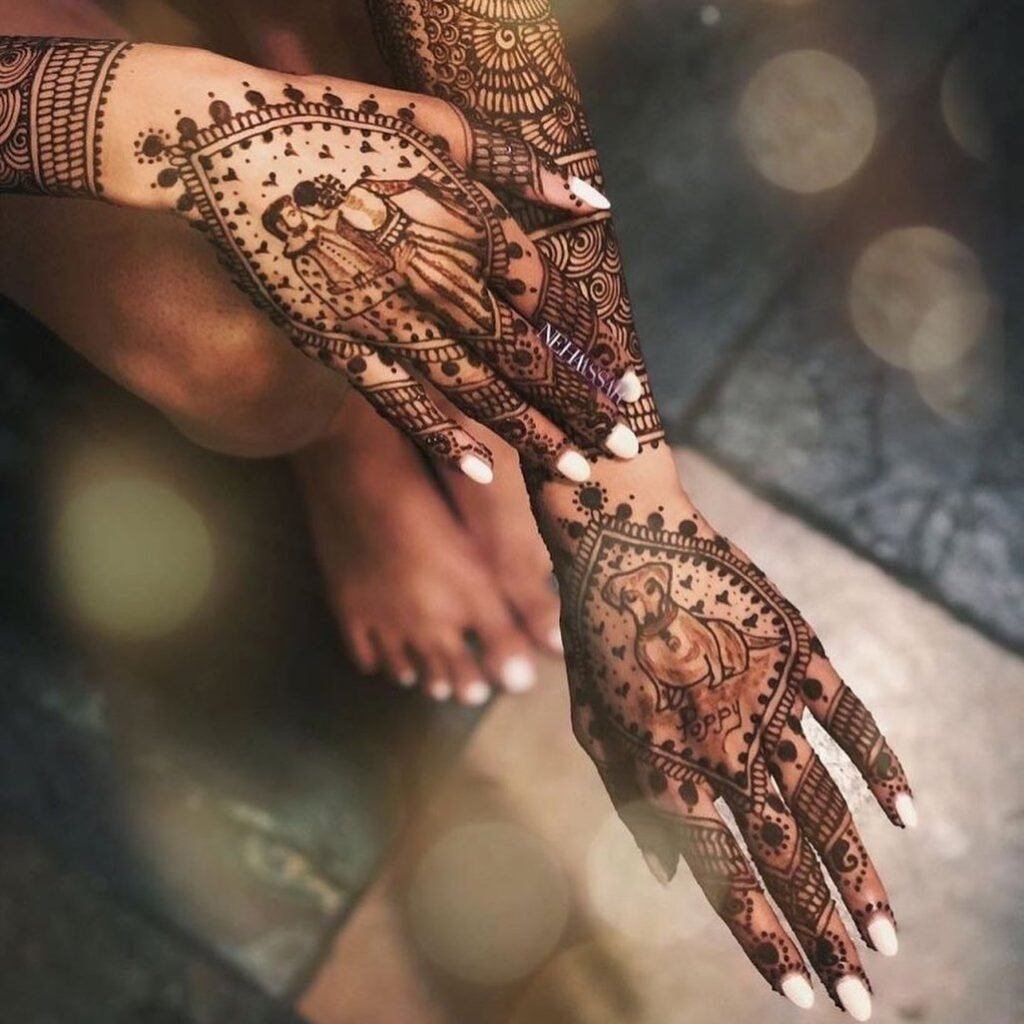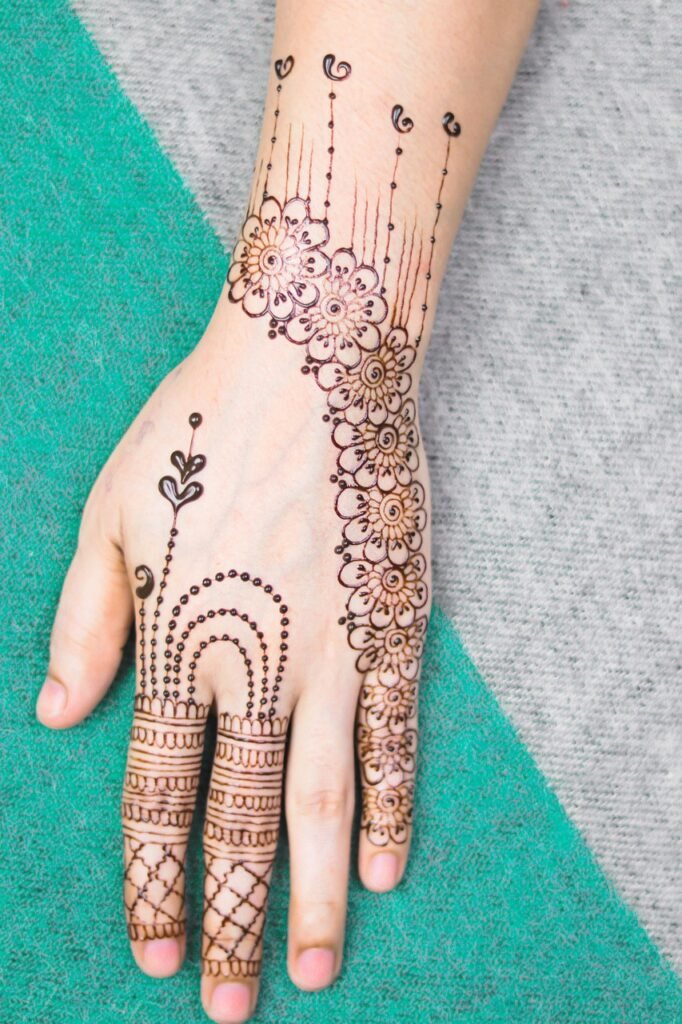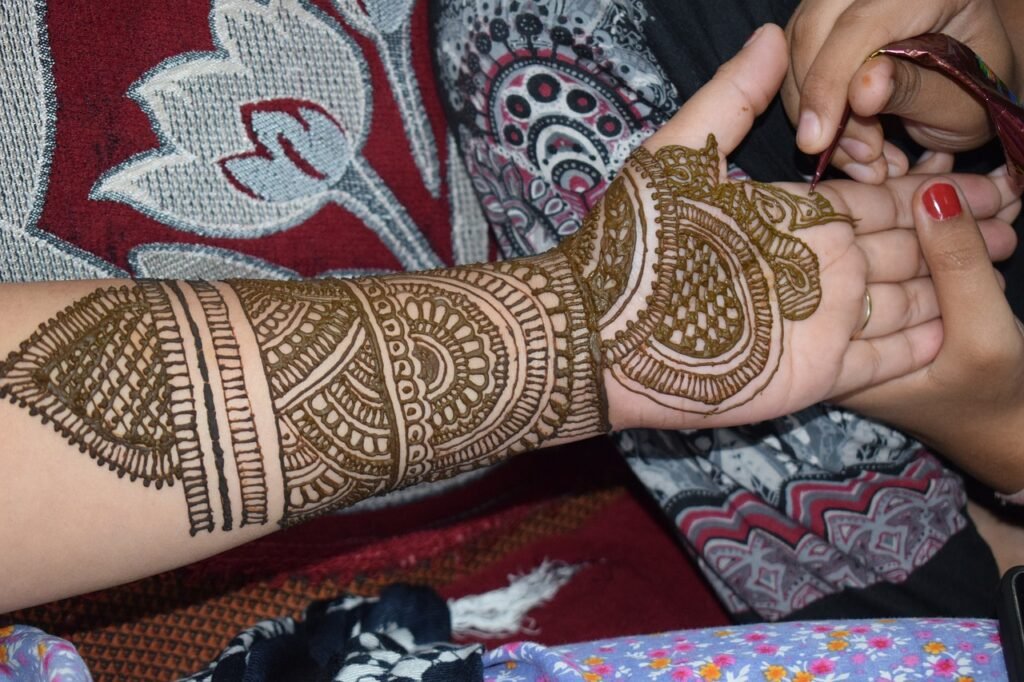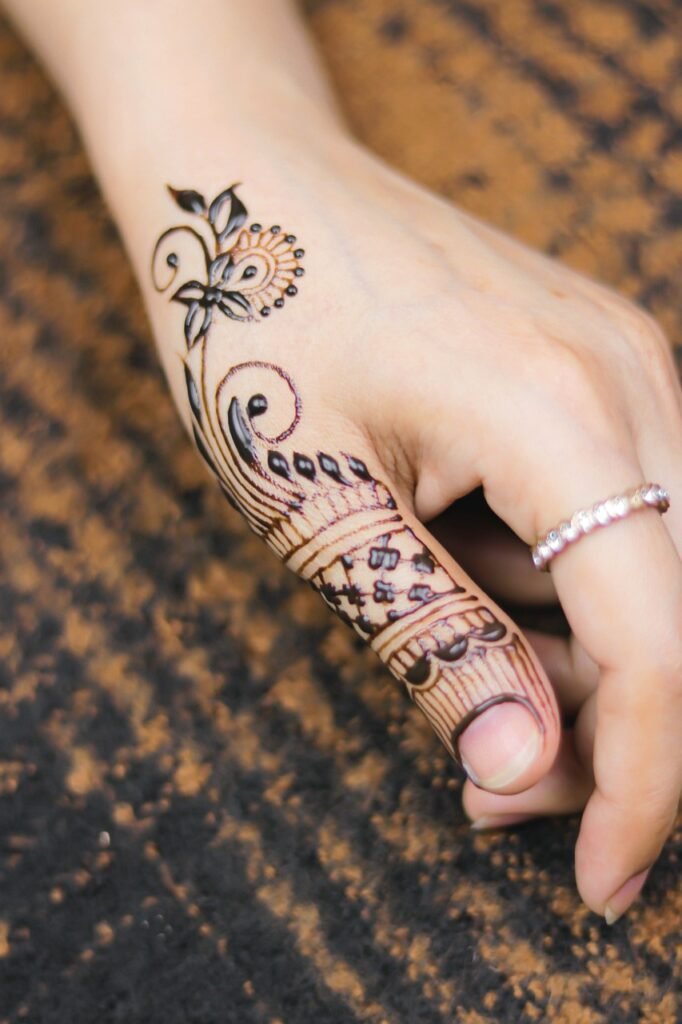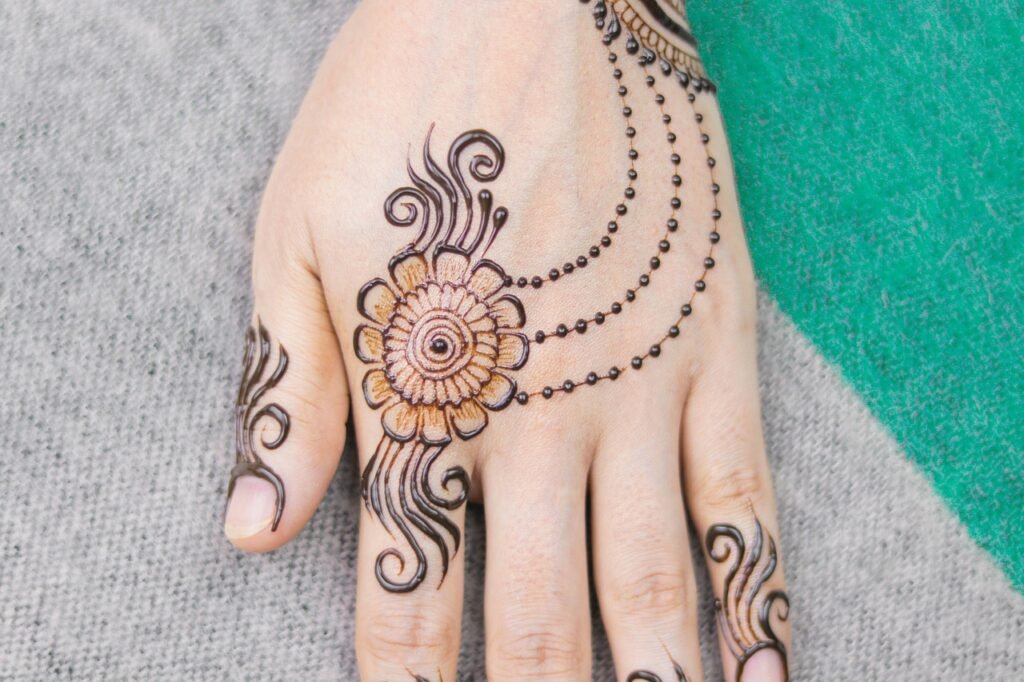1. Introduction to Mehndi
The Origins of Mehndi
Mehandi Design- Mehndi, derived from the Sanskrit word “mendhika,” has a long history dating back to ancient civilizations. It is believed to have originated in ancient Babylon and Egypt, where it was used for decorative and ceremonial purposes. Over time, mehndi spread throughout South Asia, North Africa, East Africa, and the Middle East, each region incorporating its unique styles and traditions.
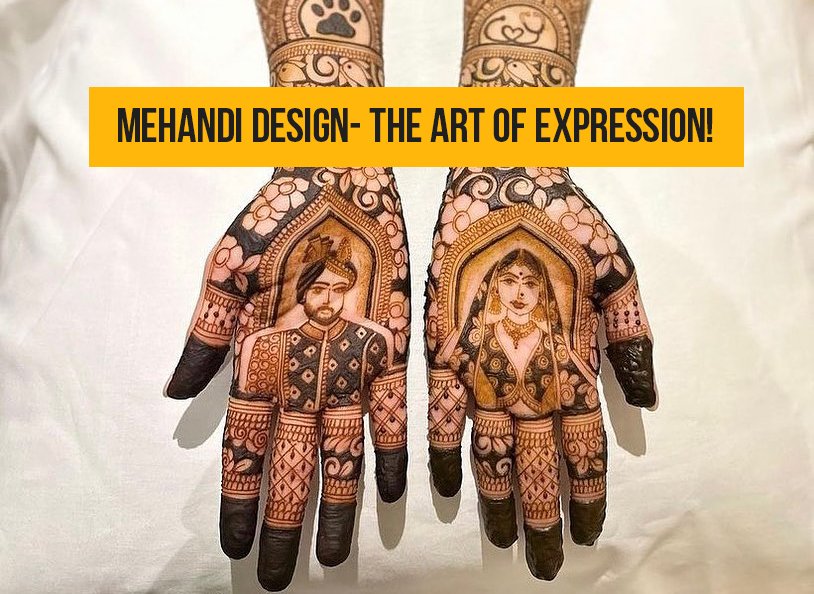
Mehandi Design for Cultural Significance
In South Asian cultures, mehndi holds immense cultural and traditional significance. It is an integral part of weddings, religious festivals, and other joyous occasions. Mehndi represents good fortune, positive energy, and blessings. It is believed to bring luck, prosperity, and protection to the wearer. The process of applying mehndi is often seen as a bonding experience, with friends and family members coming together to create intricate designs.
Mehandi design Photo (Right click on each image and open in new tab for full size)
2. Mehndi Design for Different Occasions
Wedding Mehndi Designs- Mehndi design techniques
Weddings in South Asia are grand affairs, and mehndi plays a crucial role in the celebrations. Bridal mehndi designs are elaborate and intricate, covering the hands, arms, feet, and sometimes even the legs of the bride. Each region has its unique style of bridal mehndi, such as Rajasthani, Marwari, Punjabi, and Gujarati. These designs often incorporate motifs symbolizing love, prosperity, fertility, and marital bliss.
Mehndi design techniques- Festival Mehndi Designs

Festivals like Diwali, Eid, Karva Chauth, and Navratri are incomplete without the application of mehndi. During these occasions, women and girls adorn their hands and feet with beautiful mehndi designs. Festival mehndi designs are usually vibrant and intricate, reflecting the joy and spirit of the celebrations. They may incorporate traditional symbols, religious motifs, and cultural elements specific to each festival.
Everyday Mehndi Designs
While mehndi is often associated with special occasions, many people also enjoy applying mehndi as a form of self-expression in their daily lives. Everyday mehndi designs are typically simpler and more minimalistic, suitable for casual wear. These designs may include small floral patterns, delicate mandalas, or subtle geometric shapes. They can be applied on the hands, arms, or any other desired body part.
3. Popular Mehndi Styles
Arabic Mehndi Designs
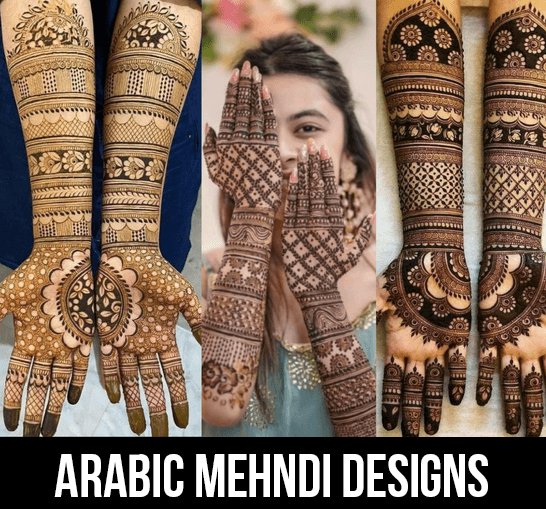
Arabic mehndi designs are known for their bold, free-flowing patterns and a balance between empty spaces and filled areas. They often feature large floral motifs, leafy vines, and geometric shapes. Arabic mehndi designs are characterized by their simplicity and elegance, making them a popular choice for both casual and festive occasions.
Indian Mehndi Designs
Indian mehndi designs are known for their intricate and elaborate patterns. They often feature peacocks, paisleys, intricate mandalas, and detailed motifs inspired by Indian culture and traditions. Indian mehndi designs are famous for covering the entire hand and extending up to the arms. They are often combined with other elements like dots, lines, and shading techniques to create a visually stunning effect.
Pakistani Mehndi Designs
Pakistani mehndi designs are a fusion of Indian, Arabic, and Persian influences. They are characterized by intricate floral patterns, paisleys, and fine lines. Pakistani mehndi designs often cover the entire hand and extend up to the forearm. They are known for their elegance and attention to detail, with each design meticulously crafted to create a harmonious and visually appealing composition.
4. Techniques and Application
Preparation of Mehndi Paste (Mehandi Design)
Mehndi paste is traditionally made from the dried leaves of the henna plant. The leaves are ground into a fine powder and mixed with water, lemon juice, and essential oils to form a thick, smooth paste. Some people also add natural ingredients like tea or coffee to enhance the color and longevity of the mehndi stain.
The paste is then left to rest for a few hours to allow the dye to release and the mixture to thicken.
Application Tools and Methods
Mehndi can be applied using various tools and methods, depending on personal preference and the complexity of the design. Traditionally, mehndi was applied using a cone made from rolled-up plastic or paper, which allows for intricate control over the flow of the paste. Nowadays, applicator bottles with fine tips and mehndi brushes are also commonly used. Some artists even use stencils or transfer paper for precise and symmetrical designs.
Aftercare and Longevity
To ensure a rich and long-lasting mehndi stain, it is essential to take proper care of the applied design. After the paste has dried, it is recommended to keep it on the skin for at least 6-8 hours or overnight. During this time, the mehndi stain develops and intensifies. To maintain the color, it is advised to avoid contact with water for the first 24 hours and to apply a mixture of lemon juice and sugar on the dried mehndi to enhance the stain.
5. Latest Trends in Mehndi Design (Mehandi Ka Design)
Minimalist Mehndi Designs
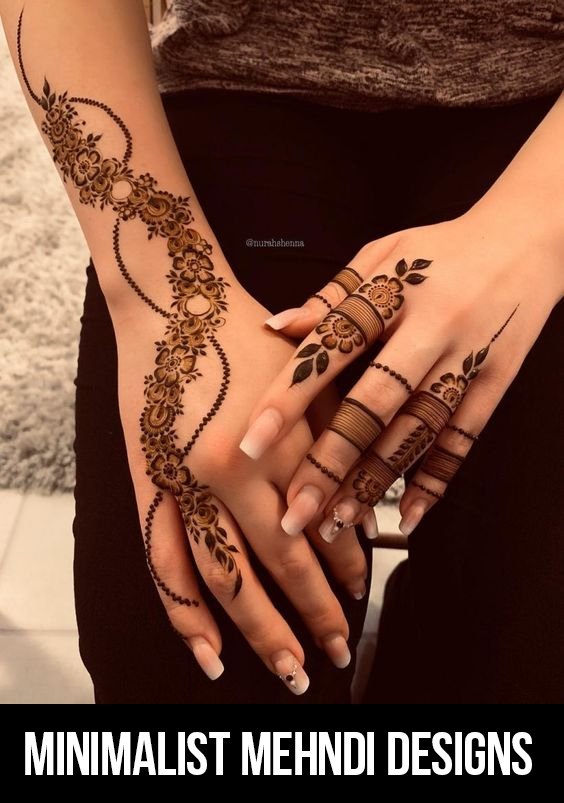
In recent years, minimalist mehndi designs have gained popularity among those who prefer a more subtle and understated look. These designs feature clean lines, geometric shapes, and negative space, creating a modern and minimalist aesthetic. Minimalist mehndi designs are often smaller in size and focus on simplicity, allowing for versatility and ease of application.
Geometric Mehndi Designs
Geometric mehndi designs are inspired by geometric shapes, patterns, and symmetrical arrangements. They combine lines, triangles, squares, circles, and other geometric elements to create visually striking designs. Geometric mehndi designs offer a contemporary twist to traditional mehndi, showcasing a fusion of modern and traditional art forms.
Floral Mehndi Designs

Floral mehndi designs are perennial favorites, known for their delicate beauty and elegance. These designs incorporate various flowers, leaves, and vines, creating a natural and organic look. Floral mehndi designs can be simple and minimalistic or intricate and detailed, depending on personal preference. They are perfect for those who appreciate the timeless charm of floral patterns.
6. Tips for Creating Beautiful Mehndi Designs (Mehndi design techniques)
Practicing Basic Patterns
For those new to mehndi, it is essential to start with practicing basic patterns and techniques. This allows you to build your skills and confidence before attempting more complex designs. Begin by mastering simple shapes like dots, lines, and curves. Gradually move on to more intricate patterns like paisleys, flowers, and leaves. Practice regularly to improve your hand coordination and develop a steady hand.
Experimenting with New Styles
Mehndi is a versatile art form that allows for endless creativity and experimentation. Don’t be afraid to try new styles, mix different elements, and create your own unique designs. Explore different cultural influences, take inspiration from nature, or incorporate elements from other art forms. Mehndi is a personal expression, and experimenting with new styles can help you develop your signature design aesthetic.
Adding Personal Touches
Mehndi designs can be personalized by adding meaningful symbols, initials, or elements that hold significance to you. Incorporate elements that represent your culture, beliefs, or personal journey. For example, you can add a mantra or quote that inspires you, or include symbols that represent love, strength, or positivity. Adding personal touches to your mehndi designs makes them more meaningful and reflective of your unique personality.
7. Mehndi Design Inspirations
Celebrities and Influencers
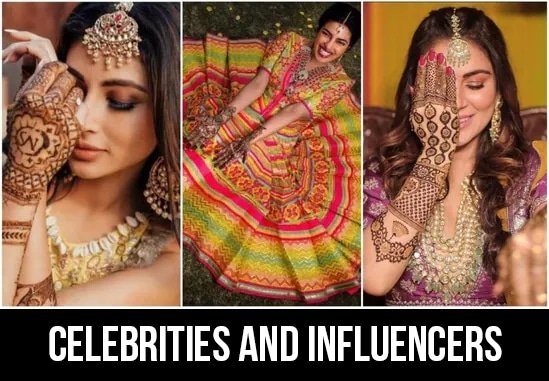
Celebrities and social media influencers often serve as a source of inspiration for mehndi designs. They showcase the latest trends, innovative styles, and unique interpretations of mehndi art. Follow your favorite celebrities and influencers on social media platforms like Instagram and Pinterest to stay updated with the latest mehndi design inspirations.
Social Media and Online Platforms
Social media platforms like Instagram, Pinterest, and YouTube are treasure troves of mehndi design inspirations. Explore hashtags like #mehndidesigns, #hennatattoo, or #mehnditutorials to discover a wide range of designs and tutorials. Follow popular mehndi artists and designers to get regular doses of inspiration and learn new techniques.
Traditional and Cultural Influences
Traditional and cultural influences play a significant role in mehndi design inspirations. Explore the rich heritage and artistry of different regions and cultures known for their mehndi traditions. Research traditional designs from countries like India, Pakistan, Morocco, and Egypt to gain a deeper understanding of the symbolism and significance behind various mehndi patterns.
8. Mehndi Design Dos and Don’ts
Choosing the Right Design for the Occasion
When selecting a mehndi design, consider the occasion and the level of formality. For weddings and festive events, elaborate and intricate designs are more suitable. For casual occasions or everyday wear, opt for simpler and minimalistic designs. Ensure that the design complements your outfit and enhances your overall look.
Considering Skin Sensitivities
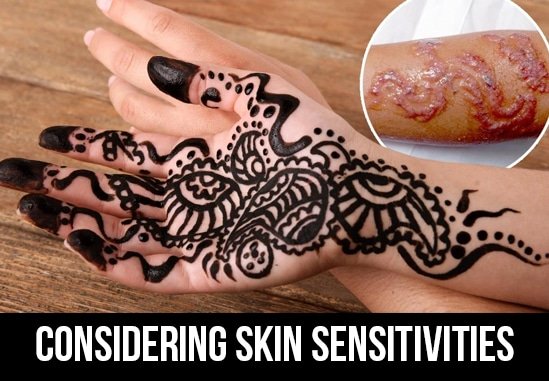
Mehndi contains natural ingredients, but some individuals may be allergic or have sensitive skin. It is essential to perform a patch test before applying mehndi on a larger area. Apply a small amount of mehndi paste on the inside of your wrist and leave it for a few hours. If any irritation or redness occurs, avoid using mehndi or opt for natural alternatives like jagua gel or temporary mehndi tattoos.
Avoiding Cultural Appropriation
Mehndi has deep cultural and traditional roots, and it is essential to respect its origins. When incorporating mehndi into your personal style, be mindful of cultural appropriation. Appreciate and celebrate mehndi as a form of art and cultural expression, but avoid appropriating designs and symbols that hold religious or cultural significance for specific communities.
9. Mehndi as a Form of Art and Self-Expression
Mehndi as Body Art
Mehndi is not just a temporary skin decoration; it is a form of art that allows for self-expression and creativity. Many individuals view mehndi as a canvas, using their bodies as a platform to showcase their unique designs and ideas. Mehndi as body art allows for personal expression, storytelling, and the celebration of individuality.
Symbolism in Mehndi Designs
Mehndi designs often incorporate symbolic elements that hold meaning and significance. Flowers symbolize beauty, love, and growth, while paisleys represent fertility and abundance. Peacocks symbolize grace and elegance, while mandalas signify harmony and balance. Understanding the symbolism behind different mehndi elements can add depth and meaning to your designs.
Mehndi as a Form of Self-Care
The process of applying mehndi can be a therapeutic and meditative experience. It allows individuals to slow down, be present in the moment, and express their creativity. Mehndi application can be seen as a form of self-care, offering a sense of relaxation, mindfulness, and self-expression. It provides an opportunity to connect with oneself and find joy in the creative process.
10. Mehndi Design Business and Professional Opportunities
Starting a Mehndi Designs Business
If you have a passion for mehndi and want to turn it into a profession, starting a mehndi design business can be a rewarding endeavor. Begin by honing your mehndi skills and building a portfolio of your designs. Consider obtaining professional training and certifications to enhance your credibility. Market your services through social media, word-of-mouth, and collaborations with event planners and wedding vendors.
Professional Mehndi Artists and Studios
Professional mehndi artists and studios offer a range of services, including bridal mehndi, event mehndi, and mehndi parties. These artists are experienced in creating intricate and customized designs to suit individual preferences and occasions. Hiring a professional mehndi artist ensures a high level of artistry and expertise, guaranteeing stunning and long-lasting mehndi designs.
Bridal Mehndi Services
Bridal mehndi services are in high demand, particularly during the wedding season. Bridal mehndi artists specialize in creating exquisite designs for brides, incorporating cultural and traditional elements. They work closely with the bride to understand her preferences and design a unique mehndi pattern that complements her bridal attire and jewelry.
11. Mehndi Design Tips for Beginners
Basic Techniques and Patterns for Beginners
As a beginner, it is essential to start with basic mehndi techniques and patterns. Master fundamental shapes like dots, lines, and curves. Practice creating simple flowers, leaves, and paisleys. Gradually progress to more complex designs as your skills improve. Experiment with different styles, motifs, and techniques to develop your own unique artistic expression.
Learning Resources and Tutorials
There are numerous learning resources and tutorials available for aspiring mehndi artists. Online platforms like YouTube and Instagram offer a wide range of video tutorials and step-by-step guides. Books and magazines dedicated to mehndi design provide in-depth knowledge and inspiration. Joining mehndi workshops, classes, or online courses can also enhance your skills and knowledge.
Practice and Patience
Mastering the art of mehndi requires practice, patience, and perseverance. Set aside regular practice sessions to refine your skills and experiment with new techniques. Be patient with yourself and understand that mastery takes time. Embrace the learning process and enjoy the journey of discovering your unique style and artistic voice.
12. Conclusion
Mehndi is a beautiful and timeless art form that has captivated people for centuries. Whether it is for a wedding, festival, or personal expression, mehndi designs hold immense cultural significance and offer a unique way to adorn oneself. With its intricate patterns, symbolism, and creativity, mehndi continues to evolve and inspire artists and enthusiasts worldwide. Embrace the art of mehndi, explore its diverse styles, and let your creativity flourish in the world of henna.
You may also like to read about Sulemani Hakik. Click Here
You can see more designs on pinterest. Click Here

